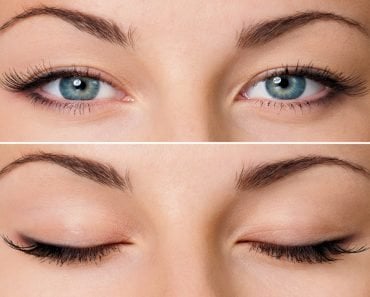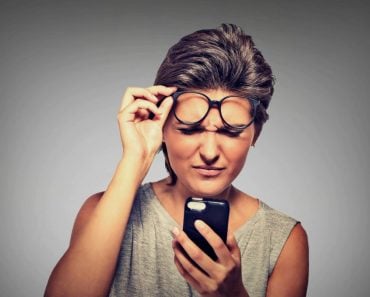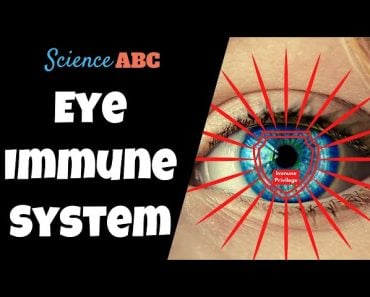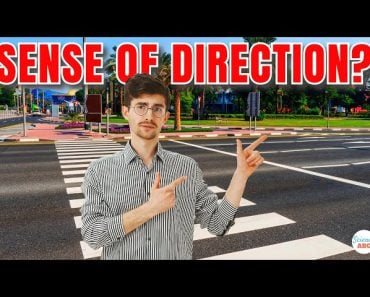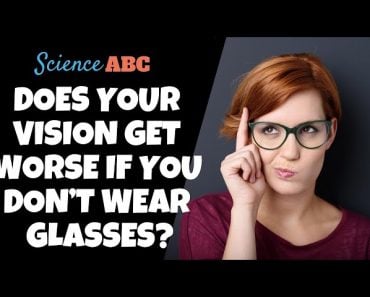Learning to aim with both eyes open comes with many advantages, including situational awareness, better balance, depth perception, repeatability and laser dot projection. It also helps you avoid the unnecessary strain and effort involved in keeping your non-dominant eye closed.
The body does quite a few things subconsciously, only for us to realize that we’re doing something after the fact. For example, have you ever noticed how you often close one eye when trying to aim at something?
This could apply to aiming a slingshot or a bow at a carnival to a pistol or rifle at a shooting range. What’s more interesting is that if you miss your shot and switch to closing the other eye, your aim will only get worse!
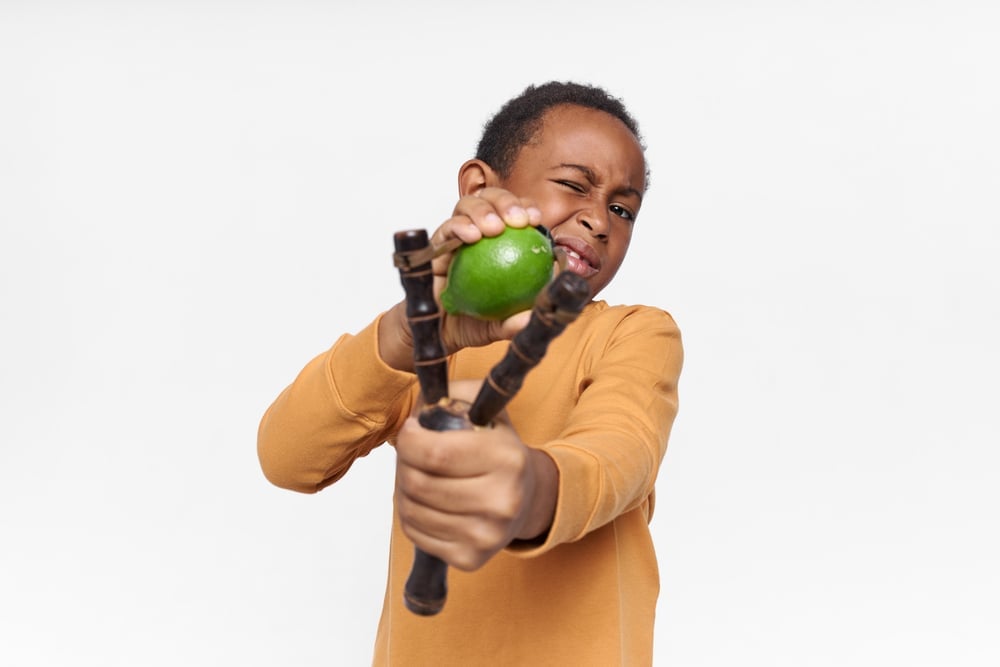
Of course, there’s a reason behind this, as well as a solution.
Read on to find out how to aim like a pro and win that big teddy for your crush at the next carnival.
Recommended Video for you:
Why Do We Shoot With One Eye Closed?
Unless you’re a seasoned shot, most people will naturally keep one eye closed while aiming. Also, they don’t just choose any eye to close; they always close their non-dominant eye.
Do Eyes Have Dominance?
Yes, most people have a dominant eye and a non-dominant eye. The dominant eye is simply the eye that relays more information to the brain accurately, as compared to the other. Simply put, it’s a matter of preference that your brain makes without asking you, a phenomenon known as ocular dominance.
Similarly, when it comes to focusing on a particular object, or “aiming”, it is natural for us to use our dominant eye, while closing the other for a better shot.
Sharp-shooting instructors often use this logic to train people to shoot with one eye closed. This helps to direct your entire focus on the ‘sight’ or ‘scope’ of the gun or the target. It also allows you to easily block out everything else and properly line up your target.
What Are The Disadvantages Of Shooting With One Eye Closed?
The body itself is responsible for one of the main disadvantages. How ironic!
On the battlefield, while hunting, or even in competitions where you are required to aim at a target, there is quite a lot of stress and excitement in the air. The body’s natural response to these situations is to secrete ‘fight or flight’ hormones, namely norepinephrine and adrenaline from the adrenal glands.
These hormones circulate in your bloodstream in order to reach crucial organs and elicit their function. In the heart, it increases your heart rate, in the lungs it speeds your breathing, and in the eyes, it widens your pupils. All of this is an attempt by the brain to obtain as much information about its surroundings as possible. Studies have shown that when the brain attempts cognitive tasks, the pupils dilate based on difficulty.

Now, imagine giving the poor brain one more task: “Focus on closing a non-dominant eye.” You know what they say about too many cooks spoiling the broth. Keeping one eye closed increases strain on the eye, face and neck muscles, which will blur your other eye a bit. You will eventually end up missing your shot.
Another disadvantage is that closing one eye severely reduces your field of vision. This can be a problem on the battlefield, as you need to see things coming at you from all directions. Obviously, this can be easily solved by keeping both eyes open, but there’s more to it than that.
Advantages Of Aiming With Both Eyes Open
We don’t have two eyes just for the sake of it, and one isn’t a “spare” for the other. Here’s how using both your eyes to aim gives you an advantage.
Situational Awareness
This one is a no-brainer. Keeping both eyes open increases your field of vision. For a soldier, this could save his life, but even for a sharpshooter at a competition, this definitely helps. Take skeet shooting, for example. If you want to take a second shot at an adjacent target, having a wider field of vision will greatly improve your repeatability, without having to re-focus.
Balance
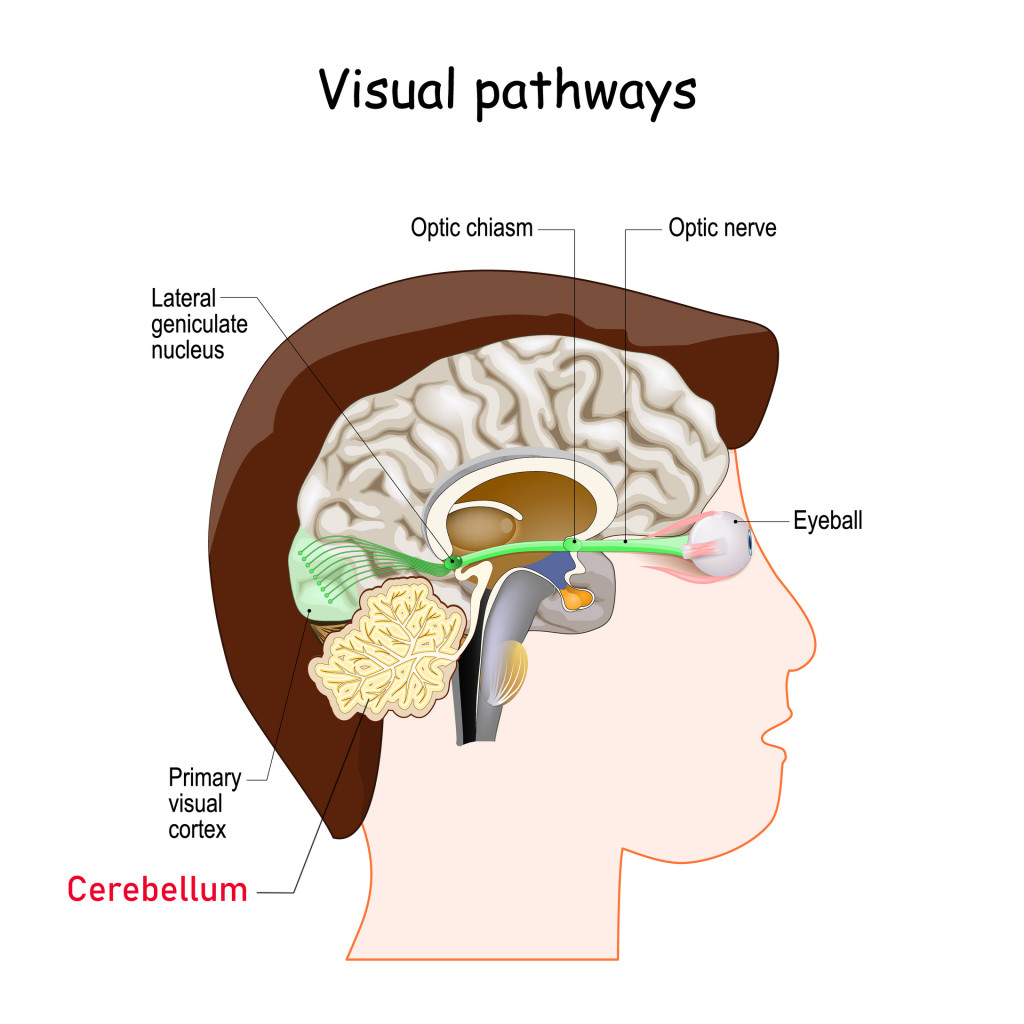
Apart from vision, you eyes play another important role in your life—helping you maintain your balance. This is not your work-life balance, but your actual ‘don’t fall on your face’ balance. Binocular vision, i.e., keeping both eyes open, sends information to a specific region in the brain called the cerebellum, which is responsible for functions including balance, coordination, movement and motor skills. All of these are essential for something like shooting.
Laser Dot Projection

When using a laser dot to aim, your dominant eye will focus on the dot. Now, keeping the other eye open will allow a bit of your peripheral vision to seep in too. Ultimately, the information from both eyes will superimpose. What you end up seeing is the laser dot on your target, and your brain ignores the scope. The reason behind this is the same reason why we don’t see our noses. Selective attention!
Depth Perception
Our eyes see from two slightly different angles and send this information to the brain. The brain compares both sides to estimate the distance and forms a single image. This is known as convergence, which allows for a better estimate of distance while aiming.
Can’t Focus With Both Eyes Open?
Despite all the advantages outlined above, it is still easier to focus on a single object with just one eye. This is also what comes naturally for most novices, but there is a workaround. Many professional athletes in biathlons use an eye shield. One can easily buy these from a regular sports store, or you can just DIY it. Wear plain glasses or shades and blur out the non-dominant side by using a lip balm or something similar. Sticking a piece of paper over the lens also works!
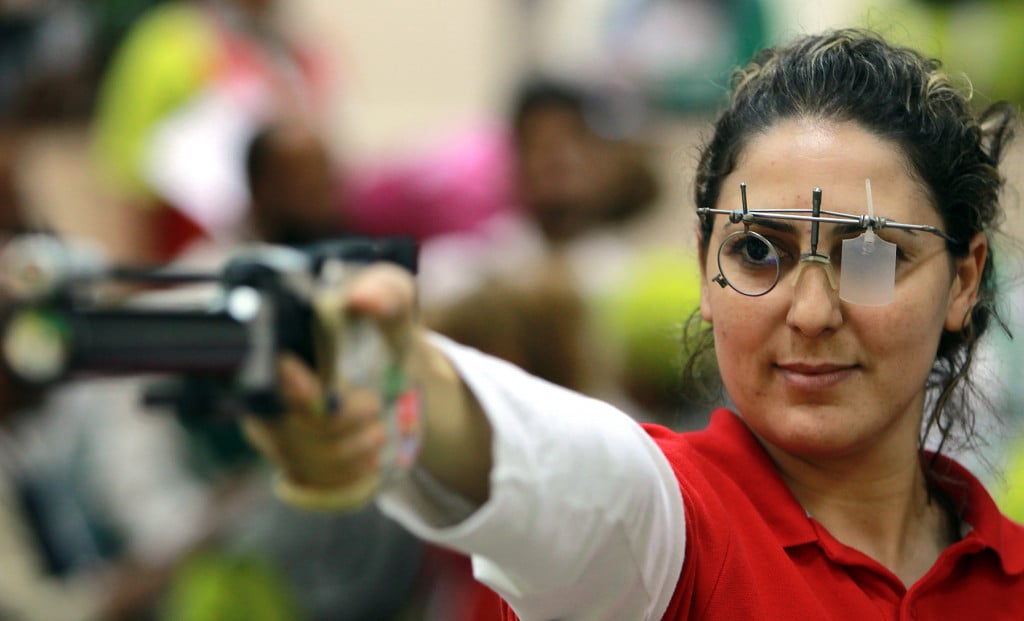
Essentially, the brain learns to retrain itself from the blurred image to the single eye on the target. While this may initially be a bit uncomfortable, you can build up muscle memory and get better at it with practice.
The Final Bullet
There is no hard and fast rule for aiming, and you’ll most likely come across expert shooters using just their dominant eye. For many, it might simply be harder to unlearn and relearn. Of course, each individual situation also matters. No soldier will receive training to keep one eye closed while aiming, but all things considered, if developing your aim is of interest to you, it might be worth practicing with both eyes open!
References (click to expand)
- van der Wel, P., & van Steenbergen, H. (2018, February 12). Pupil dilation as an index of effort in cognitive control tasks: A review. Psychonomic Bulletin & Review. Springer Science and Business Media LLC.
- Porac, C., & Coren, S. (1976). The dominant eye. Psychological Bulletin. American Psychological Association (APA).
- Redfern, M. S., Yardley, L., & Bronstein, A. M. (2001, January). Visual influences on balance. Journal of Anxiety Disorders. Elsevier BV.
- Depth Perception - American Academy of Ophthalmology. The American Academy of Ophthalmology


